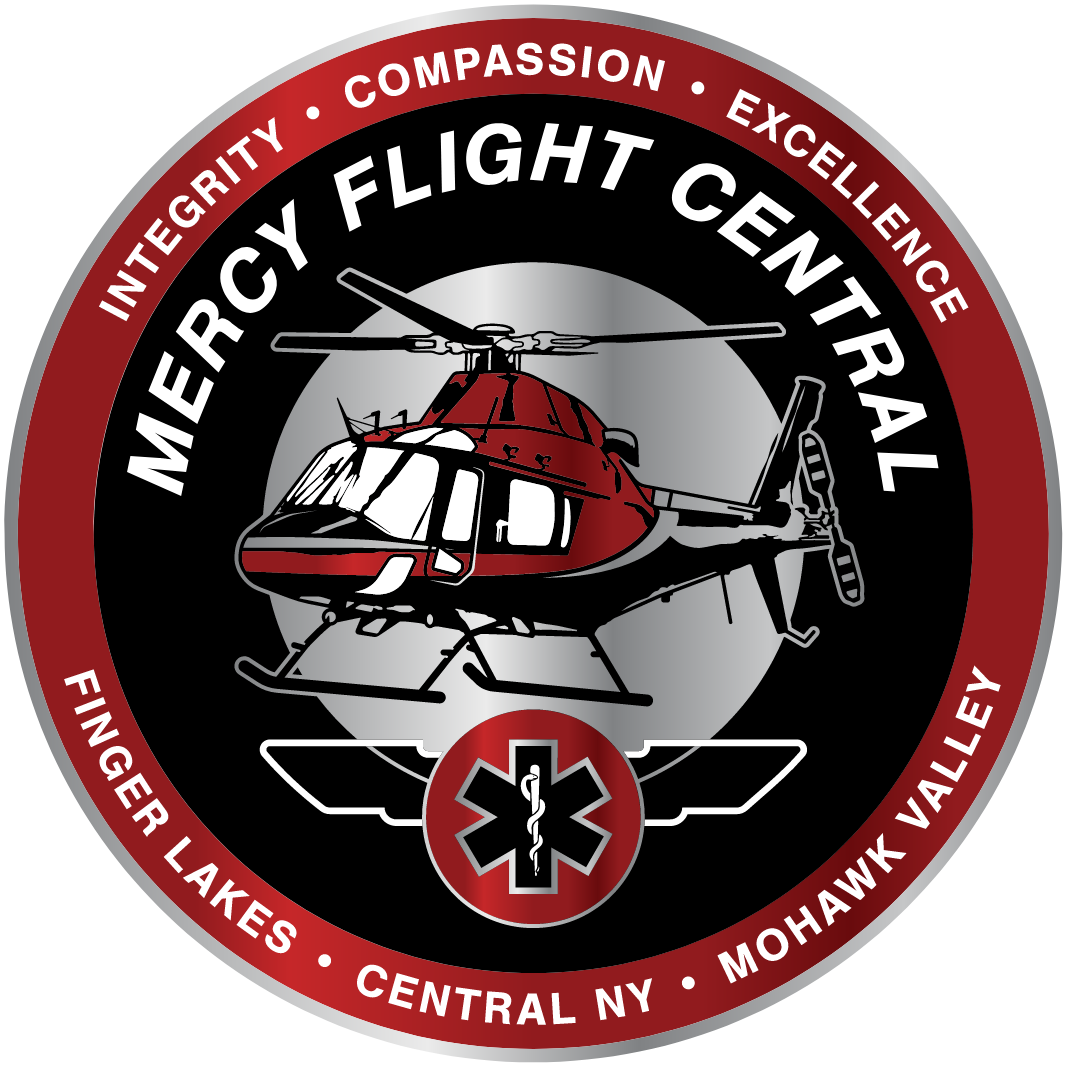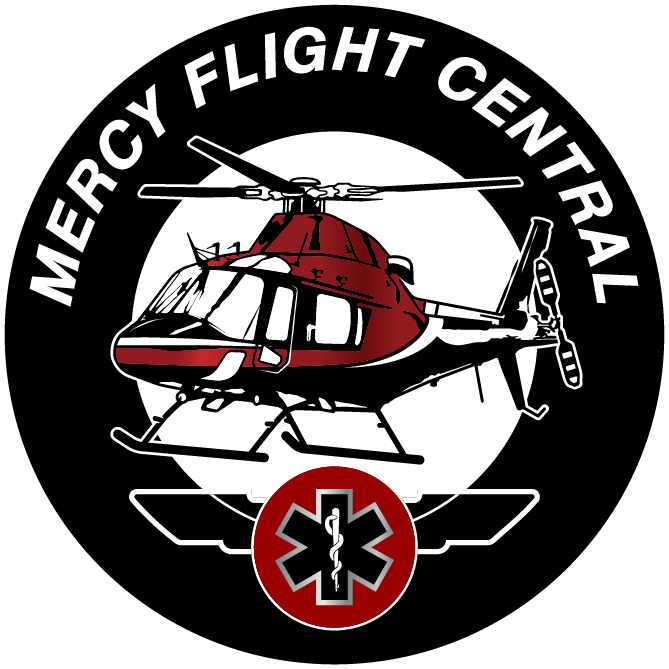Why Community Support Is the HeartBeat of Non-Profit Air Medical Services
● Community support is essential for non-profit air medical services like Mercy Flight Central, ensuring they can provide life-saving emergency care regardless of a patient’s ability to pay.
● Funding challenges require donations, grants, and partnerships, as government reimbursements often fall short of covering operational costs, making public contributions crucial for sustainability.
● Investments in training, technology, and aircraft maintenance are made possible through community backing, allowing air medical teams to respond quickly and efficiently in critical situations.
Access to emergency medical care can mean the difference between life and death, especially in remote or underserved areas. Non-profit air medical services are integral in ensuring patients receive rapid, life-saving care when ground transportation is not an option. These organizations rely heavily on community support to continue their operations, making public involvement necessary for their sustainability.
The Role of Non-Profit Air Medical Services
Non-profit air medical services provide emergency transportation for critically ill or injured patients. Unlike for-profit air ambulance providers, these organizations focus on service rather than revenue so that financial limitations do not prevent people from receiving critical care.
Their operations involve helicopters, fixed-wing aircraft, and highly trained medical teams capable of providing immediate treatment during transport. These services are particularly vital in rural and remote regions where hospitals and trauma centers may be hours away by road.
Air medical services are also necessary during natural disasters and large-scale emergencies. When traditional emergency services are overwhelmed or unable to reach affected areas, air medical teams step in to provide rapid medical response.
The Financial Challenges of Non-Profit Air Medical Services
Operating air medical services is expensive, with costs including aircraft maintenance, medical equipment, fuel, and staff salaries. Since non-profit providers do not charge patients exorbitant fees, they depend on donations, grants, and community partnerships to fund their missions.
The average cost of operating an air ambulance service can range from several million to tens of millions of dollars annually, depending on the size and scope of the operation. Fuel costs alone can amount to thousands of dollars per flight, making financial sustainability a constant challenge.
Unlike government-funded emergency services, non-profit air medical organizations must secure funding independently. Without consistent financial support, these services risk shutting down, leaving communities without essential emergency care.
Many of these organizations run on tight budgets, meaning that every dollar donated goes directly toward saving lives. Fundraising campaigns, corporate sponsorships, and grants all play a role in keeping these organizations operational, but gaps in funding can impact their ability to respond to emergencies effectively.
How Community Donations Keep Services Running
One of the primary ways non-profit air medical services sustain their operations is through community donations. Contributions from individuals, businesses, and charitable organizations help cover operational expenses so that these services remain available when emergencies arise.
Fundraising events, sponsorship programs, and direct donations all play a role in keeping these life-saving services operational. In many cases, small donations from community members add up to make a significant impact, allowing services to continue their life-saving missions.
Donations also allow these organizations to upgrade medical equipment and improve patient care. Advanced life-support equipment, defibrillators, and onboard medical technology are costly but necessary for providing high-quality care during transport. Without community contributions, many of these medical advancements would be out of reach for non-profit providers.
Public Awareness and Advocacy Efforts
Educating the public about the importance of air medical services brings continued support. Community outreach programs, social media campaigns, and educational initiatives help spread awareness of the challenges these services face and encourage participation.
Many people are unaware of how these services operate or how they are funded, which makes public education efforts crucial. By sharing patient stories, survival statistics, and operational challenges, non-profit air medical organizations can inspire more people to contribute.
Advocacy efforts also play a role in securing government grants and policy support to sustain non-profit air medical operations. While these services primarily rely on community contributions, policy changes, and additional government support can help address funding shortfalls. Lobbying efforts and public petitions can encourage legislators to allocate more resources to air medical services, ensuring that they remain available for those in need.
The Impact of Community Partnerships
Collaborations between non-profit air medical services, hospitals, and emergency response agencies strengthen their ability to provide care. Hospital affiliations and public-private partnerships contribute funding and resources, allowing these services to operate efficiently. Hospitals often collaborate with air medical providers to ensure seamless patient transfers, particularly for those requiring specialized care that may not be available locally.
Success Stories Driven by Community Support
Many non-profit air medical services have thrived because of strong community backing. Stories of patients who received timely emergency care highlight the importance of these organizations. Community-funded programs have saved countless lives, reinforcing the idea that public involvement directly impacts service availability and effectiveness.
For example, in rural regions where hospitals are scarce, air medical services have successfully transported patients suffering from heart attacks, strokes, and traumatic injuries to specialized care facilities within critical timeframes. These success stories demonstrate how community donations and volunteer efforts make a real difference in saving lives.
How Individuals Can Support Non-Profit Air Medical Services
One of the most direct ways to support these organizations is by making financial contributions. Donations help cover operational costs, equipment maintenance, and emergency response efforts. Even small contributions can collectively make a significant impact.
Participating in fundraising events helps generate much-needed revenue for these services. Charity runs, benefit concerts, and auctions are common methods used to raise funds. Organizing such events within local communities ensures continued support and engagement from residents.
Advocating for policy support is integral to ensuring sustainable funding and operational stability. Writing letters to local representatives, attending town hall meetings, and petitioning for legislative changes can influence decisions that affect non-profit air medical services.
Raising awareness through social media and word of mouth is another impactful approach. Sharing success stories, updates, and donation opportunities on digital platforms helps reach a broader audience. Encouraging friends, family, and colleagues to get involved further strengthens community engagement.
Organizing charity events tailored to specific community interests can also generate support. Schools, businesses, and civic groups can collaborate to host events that highlight the importance of air medical services.
By combining financial contributions, fundraising participation, policy advocacy, and awareness campaigns, individuals can collectively ensure the long-term viability of non-profit air medical services, keeping them available for those in critical need.
At Mercy Flight Central, we are committed to providing life-saving air medical transport to those in critical need, regardless of their ability to pay. With your support, we can continue to serve our communities and ensure that patients receive the urgent care they deserve. Every donation helps us stay mission-ready, saving lives when every second counts. Contact us today—because together, we make a difference.


